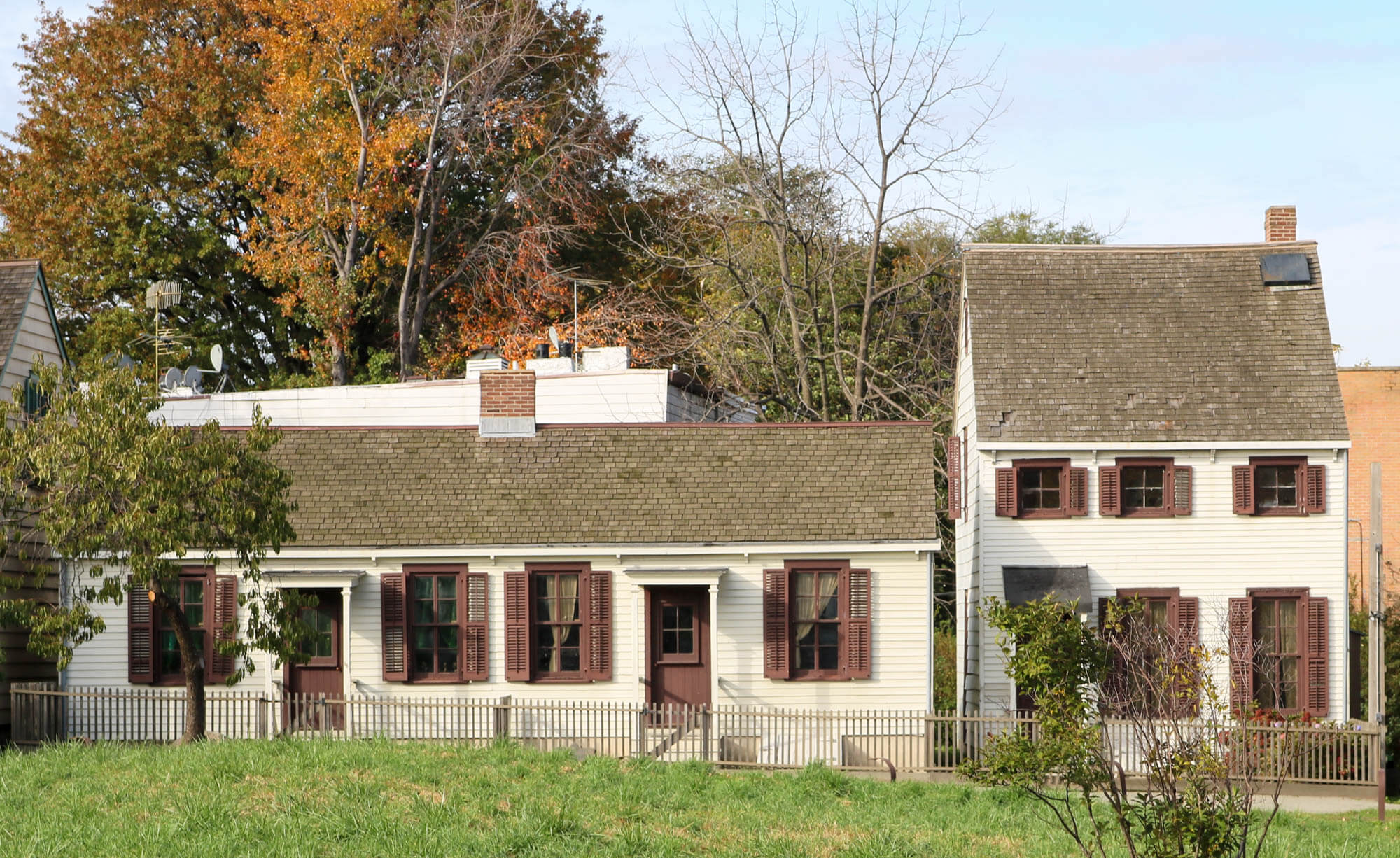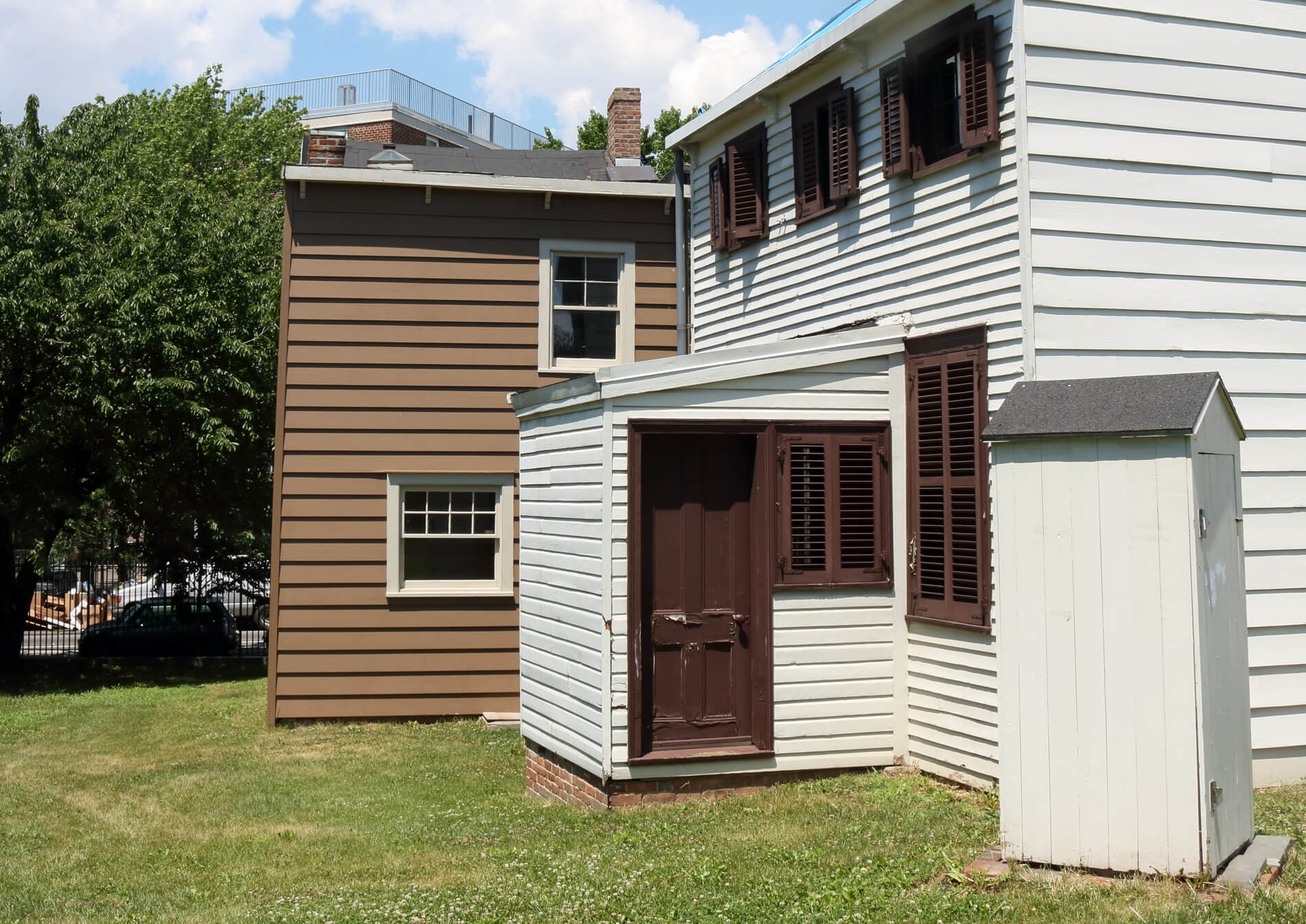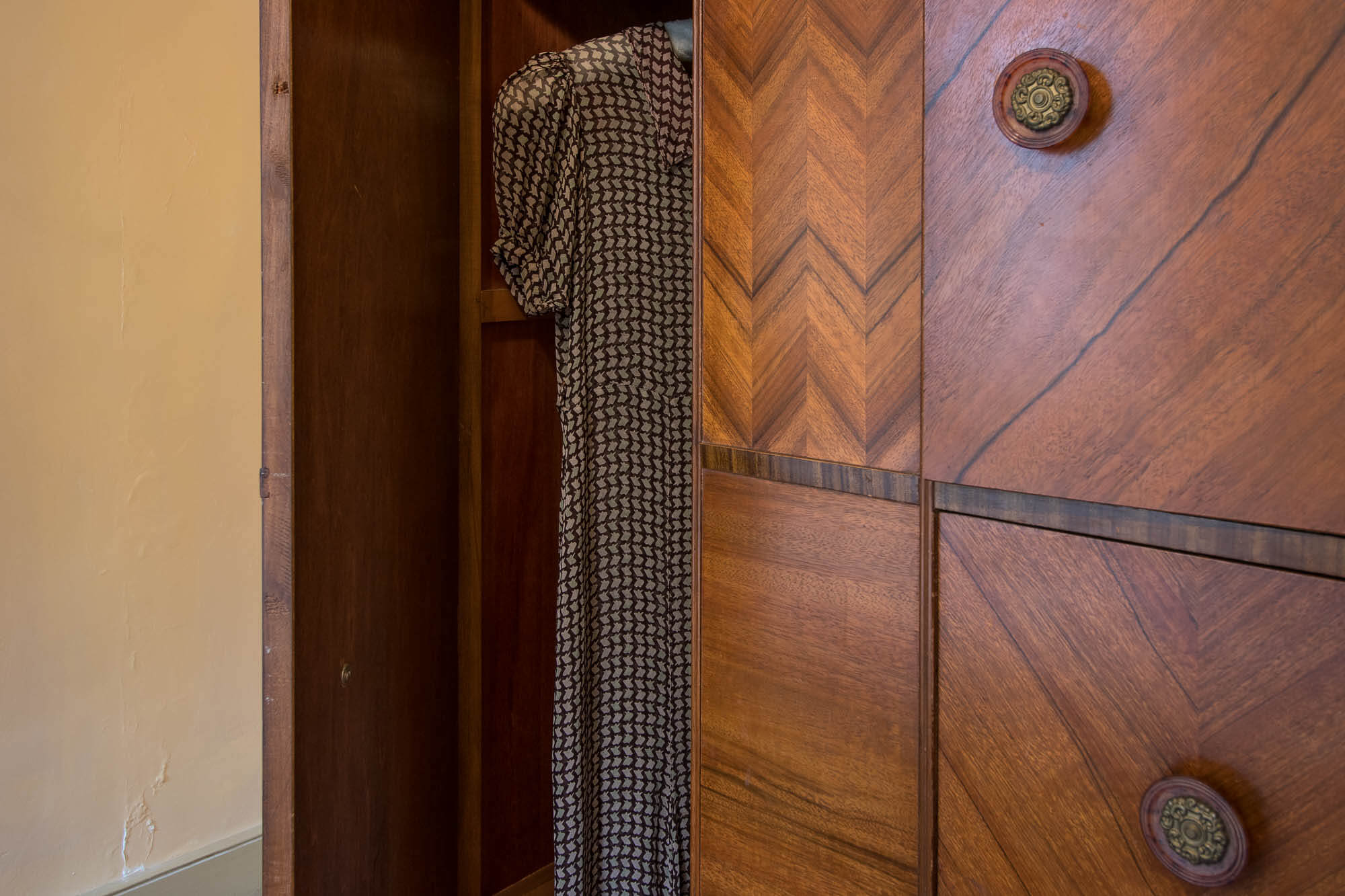Set Back the Clock With a Visit to the Historic Interiors of Weeksville (Photos)
While actual time travel has not yet been proven possible, there’s a spot in Brooklyn that allows the history-obsessed to immerse themselves in the living spaces of Brooklynites between the 1860s and 1930s.

Photos by Susan De Vries
While actual time travel has not yet been proven possible, there’s a spot in Brooklyn that allows the history-obsessed to immerse themselves in the living spaces of Brooklynites between the 1860s and 1930s.
Three 19th century houses in the formerly flourishing town of Weeksville, and now preserved as part of the Weeksville Heritage Center, offer a glimpse of the past with modest interiors staged with furniture, objects and textiles — bringing to life the stories of the people who called the community home.

The frame houses, located along the path of the vanished Hunterfly Road, are the last known surviving remnants of the community of Weeksville. Founded by James Weeks in the 1830s as a free black community, by the 20th century Weeksville was swallowed up by the surrounding neighborhoods.

Today they are part of an educational complex that includes a modern museum building which hosts exhibits, lectures and community events. There are five small houses in total — three have period interiors, each representing a different decade. The fourth house has an art installation and the fifth (a modern reconstruction) should be opening to the public in 2018 with a permanent history exhibit.
When the small houses were designated as New York landmarks, their construction dates were estimated as the 1830s. More recent assessments suggest the houses may range in date from the 1840s to the 1880s, with construction dates in the 1860s most likely. In creating immersive experiences for visitors, the museum interpreted each house as it might have appeared in different decades, from the 1860s to the 1930s, to represent a range of stories about the black Brooklynites who lived there.
Brownstoner recently got a chance to wander through the period houses and soak in the atmosphere.
The 1860s House
A brightly colored reproduction venetian carpet makes for a cheery parlor in the small, single-story house that is staged to interpret the tumultuous New York of the 1860s.

In the mid 19th century, the community would still have been largely agrarian, but was swiftly growing to serve the needs of new residents. Weeksville would have been a safe retreat for black New Yorkers fleeing the violence of the Draft Riots in Manhattan in 1863.

New and established residents would have been able participate in numerous civic-minded groups and institutions established by the community, including the Zion Home for Aged Colored, Howard Colored Orphan Asylum and Berean Baptist Church.

—
The 1900s House
Next door, three generations of the Johnson family lived together in a two-story frame house in the early 20th century.

At that time, Weeksville would have been a community of about 500 people.

Modestly furnished, the house is used by educators to talk about the early 20th century as a time of changing technology and opportunity.

—
The 1930s House
The last in the row of houses was home to the Williams family starting in 1923. It remained their family home for decades. When the history of Weeksville and the Hunterfly Road houses were rediscovered in the 1960s, a Williams family member was still in residence.

The house is filled with 20th century furniture, photographs and decorative objects, all based on items that were known to have been owned by the Williams family.

The house has a bit of sound gently filtering through. David Williams, who lived in the house in the 1930s, recorded an oral history with some impressions about living there.

It is perhaps the most evocative of the three, with so many readily available items from the time period.

The house also has the most fully decked-out kitchen — and perhaps the one most familiarly like a kitchen to modern eyes, with running water and a stove.

[Photos by Susan De Vries]
Related Stories
- The Inspiring Story of Weeksville, One of America’s First Free Black Communities
- Get a Rare Glimpse Inside Some Time-Capsule Interiors With a Tour of the Lott House
- Explore Brooklyn’s Oldest House, the Wyckoff Farmhouse, From Attic to Cellar (Photos)
Email tips@brownstoner.com with further comments, questions or tips. Follow Brownstoner on Twitter and Instagram, and like us on Facebook.









What's Your Take? Leave a Comment